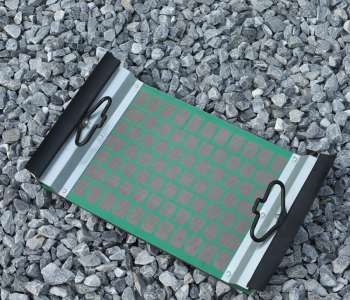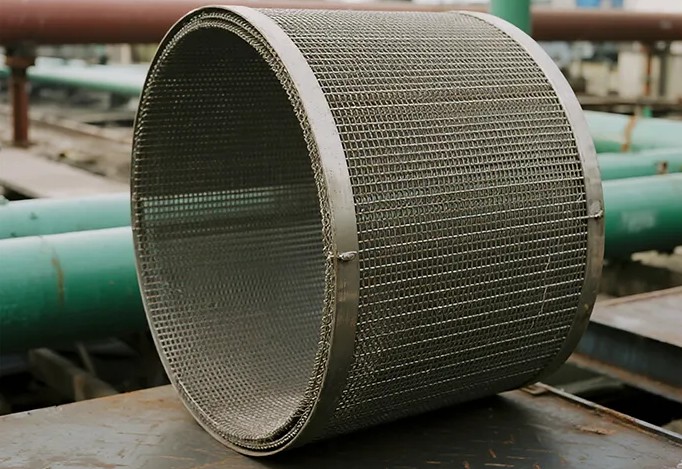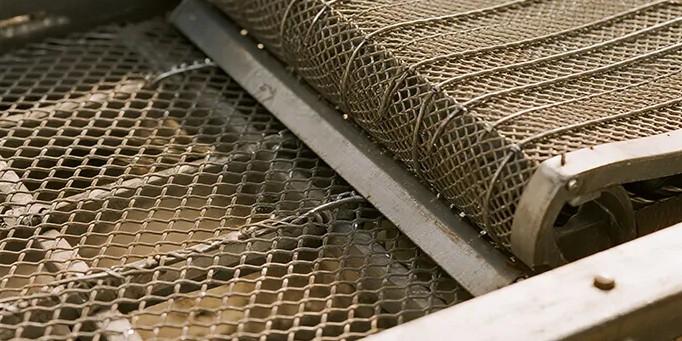-
-
-
No.1 Redstar Road, Qianpu Development Zone, Hebei China
About Us
We produce high quality products with the best materials! or over 36 years, Red Star has been a company dedicated to the engineering and manufacturing of screening media that are widely used in the mining and aggregates industry.
Get a free quote
Contact Info
- No.1 Redstar Road, Qianpu Development Zone, Hebei China
- (+86) 13673237939
- hanfeng@redstarfactory.com









